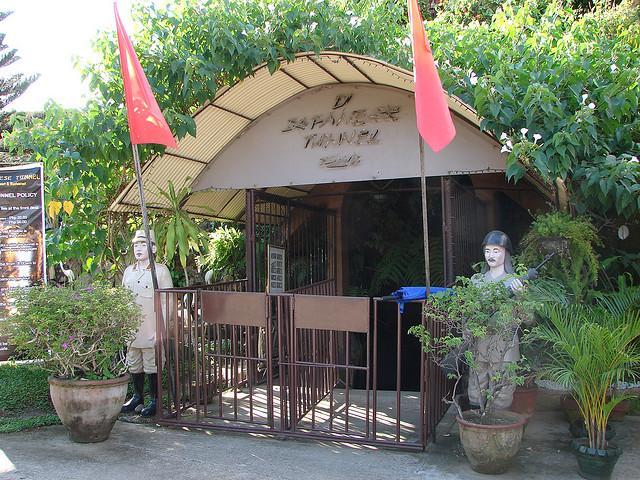
Japanese cultural influence has long been prominent in Davao City. The city is also known as the Philippines' Little Japan. Before and even after World War II, and until now, there are many Japanese residing in the city, most of them with mixed Filipino blood and are now considered citizens of the Philippines. Most of these people live in Davao Japantown and Little Tokyo in Toril. They also have several business establishments in the city, most of which are also located in Chinatown. The city has the largest Japanese community in the country.
Japanese Cultural Heritage Sites
Japanese historical sites like the Japanese Tunnel (used by Japanese forces during World War II), Japanese Cemetery (burial site used in the 1900s, Furukawa Fiber Plant (used by Yoshizo Furukawa as abaca and banana plantation), and many others.
How to Get There
By air: Davao City has direct flights to major cities in the Philippines and some Asian cities. The Francisco Bangoy International Airport serves the general area of the city and its surrounding areas.
By sea: Davao is connected to Manila by a series of roll-on roll-off or inter-island ferry connection.
Getting around: The common modes of public transportation in Davao are multicabs, jeepneys, tricycles, buses, and taxis. Multicabs and jeepneys ply 82 designated passenger vehicle routes around the clock. Tricycles ply the routes that are outside the main streets of the city. Taxis have several routes in and outside Davao City. In mountainous areas, the habal-habalpassenger motorcycle is the main mode of transportation.










